This guide will show you how to bridge tokens on the Binance Smart Chain. Bridging is the act of shifting your tokens to different blockchain networks, which expands the range of platforms, DeFi apps, and possibilities you can interact with.
It is also valuable to note that there will be steps, tools, and safety tips that will cover the smooth and secure cross-chain transfers.
What Does it Mean to Bridge Tokens From Binance Smart Chain (BSC)?
Bridging tokens from Binance Smart Chain (BSC) involves transferring cryptocurrency from BSC to other blockchains, such as Ethereum, Polygon, or Avalanche.
This enables tokens to flow between blockchains so that users can interact with dApps, DeFi’s, or NFT’s that exist on other chains.
Relays serve as intermediaries, capturing tokens on the source chain, and synthesizing the same tokens on the endpoint chain – thus retaining the value. Bridging improves the versatility of your tokens, enables inter-chain transactions, and increases liquidity, albeit with an asterisk.
Bridging crosses multiple chains, so it is imperative to analyze all fees, security measures, and network compatibility, as the potential counter losses remain greatly heightened.
How To Bridge Tokens From Binance Smart Chain
Let’s use Multichain (AnySwap) with how to bridge tokens from Binance Smart Chain as an example.
Step 1: Connect Your Wallet
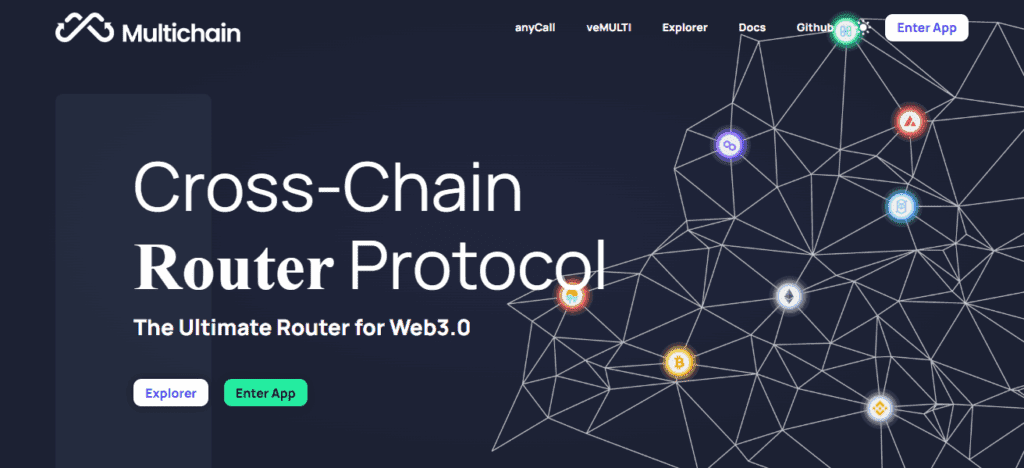
- Go to the Multichain page.
- You should see an option called
Connect Wallet. Click on it. Ensure that it is a wallet like MetaMask/Trust Wallet. - The wallet should be on the Binance Smart Chain to be able to complete the bridging seamlessly.
Step 2: Select Token and Amount
- Choose the BSC token you want to bridge, for example, BUSD or USDT.
- Enter the value or amount that you wish to transfer.
Step 3: Choose Destination Network
- Select the Blockchain network that you would want to receive the token (Ethereum or Polygon).
Step 4: Review Transaction Details
- Ensure the token and destination address is correct.
- Check the bridging fees and estimated arrival time.
Step 5: Confirm the Transaction
- Multichain will lock the tokens on BSC and mint equivalent tokens on the destination network.
- Approve the transaction on your wallet.
Step 6: Verify Receipt
- Review your wallet to see if the tokens have arrived.
- The wallet should be on the destination network you selected.
Choosing The Right Bridge
Stargate Finance
The cross-chain bridge and liquidity transfer protocol Stargate Finance allows the transfer of assets among the BSC, Ethereum, and Avalanche blockchains. As it employs a pooled liquidity model, it lessens slippage and allows faster transfers.
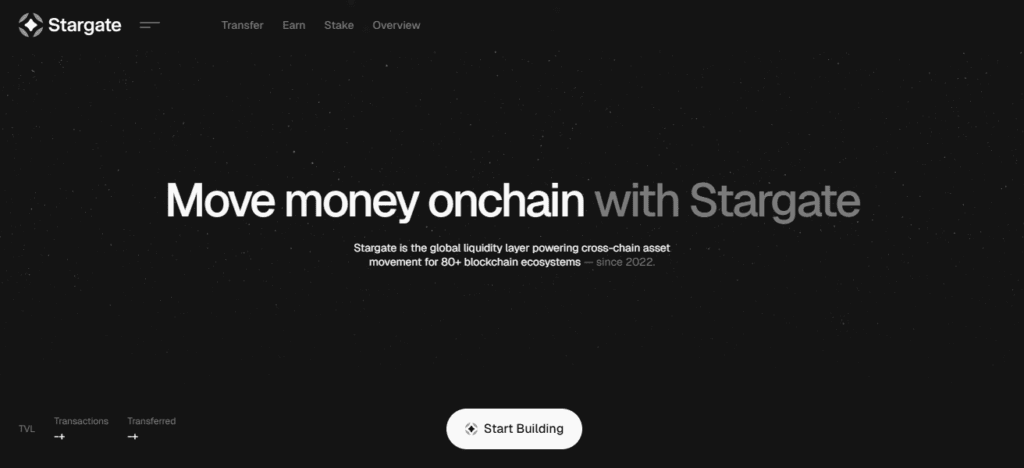
Users of Stargate don’t have to wrap their tokens to bridge them, which saves time and fees.
The protocol is secured through smart contracts, which have been audited, and the Stargate is known for its transparency and reliability in token transfers.
Across Protocol
Across Protocol is focused on cross-chain bridging and transfer of tokens across Ethereum, BSC, Polygon, and other networks, concentrating on security and speed.
The Across Protocol employs roll-based technology, focusing on decentralization to minimize fees and time.
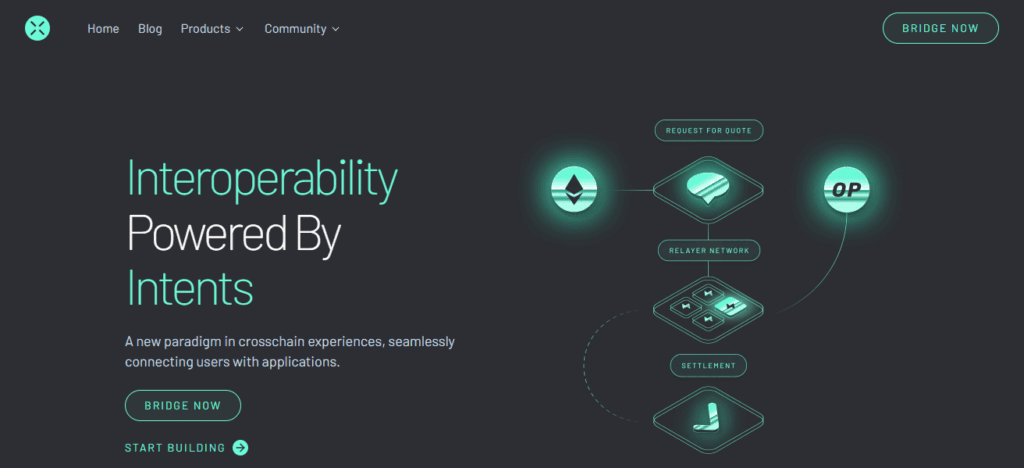
The Protocol is usable for a variety of tokens and is designed for easy bridging. The Across Protocol is suitable for users in DeFi and other users who need to transfer assets across blockchains.
Orbiter Finance
Orbiter Finance lets users bypass complex mechanisms for moving tokens across BSC, Ethereum, and Polygon via a layer-2 cross-chain bridge with hyper-optimized transaction speeds and ultra-low gas fees.
The exchange is also able to conserve simplicity with a clean, novice-friendly architecture.
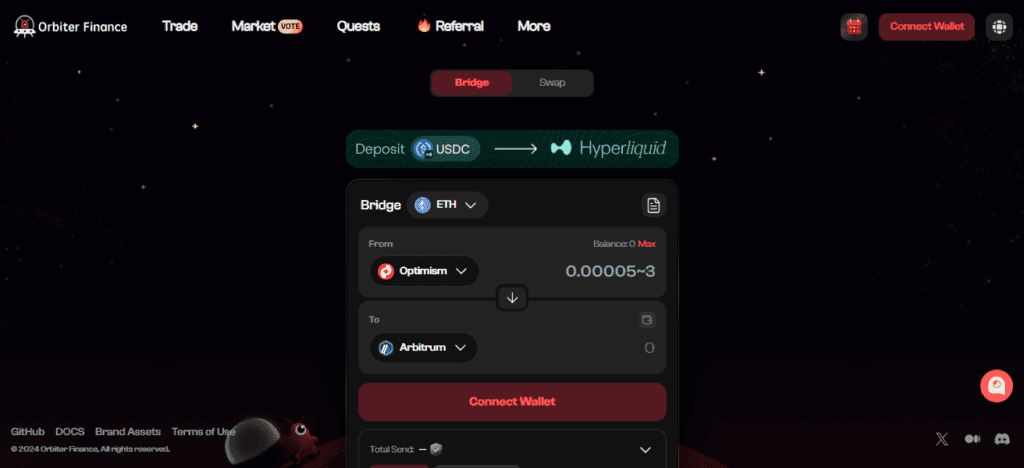
Maverick customers won’t be negatively impacted by Orbiter Finance’s focus on low fees, rock-solid security, and efficient speed during cross-chain transfers.
Wrapping and manual token conversion headaches are a thing of the past with Orbiter Finance.
Portal Bridge
Portal Bridge allows users to lock tokens on the source chain and “mint” wrapped tokens on the other side of the bridge for Ethereum, BSC, and other interoperable networks.
Each wrapped token retains the value of its counterpart, conserving overarching value across the networks. Fully decentralized with smart contracts, Portal Bridge places a focus on security and audits during every transaction.
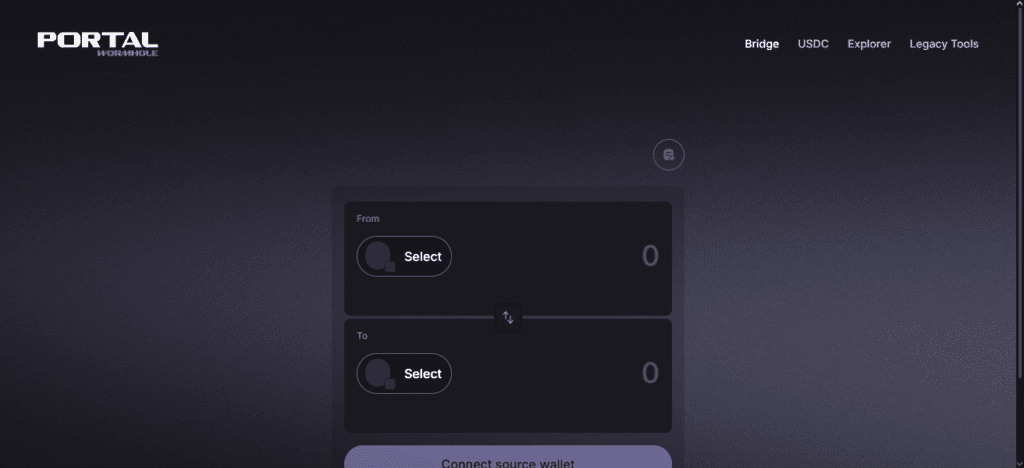
The interface limits monotonous steps during the bridging process, making Portal Bridge a worthy option for novice users and robust DeFi members alike.
Prerequisites for Bridging Tokens
Supported Wallets (MetaMask, Trust Wallet, etc.)– Connect a wallet like MetaMask or Trust Wallet to bridge and manage tokens during the bridging process.
Required Tokens and Gas Fees (BNB for BSC)– You need sufficient tokens for BSC and BNB to cover the gas fees for the transaction on Binance Smart Chain.
Ensuring Network Compatibility– Make sure the bridge supports your token and the destination network to avoid failed or lost transactions.
Security Tips Before Bridging– Check wallet addresses, only use trusted bridges, and transfer small amounts first to mitigate risks of loss during cross-chain transfers.
Is Bridging Tokens Safe?
Bridged tokens can be safe, but there are serious risks without the proper precautions. By far the safest options are audited bridges such as Stargate Finance, Multichain, and even the Binance Bridge.
Always double-check wallet addresses, supported networks, and token compatibility. Avoid exploiting unverified platforms; for your first transaction, consider safer options.
Alongside other cross-blockchain features, bridging allows much easier access to DeFi. Security precautions are crucial for ensuring safe bridging and enabling cross-chain functionality.
Troubleshooting Common Issues
Stuck or Delayed Transactions
Bridges may take longer than expected because of network congestion on one or both of the blockchains. Scan a blockchain explorer to monitor the status of your transaction and confirm the integrity of your bridge.
Summary of Changes
Tokens may need time to process, and also they may just need the wallet to be pointed to the active correct location. If Token`s destination network doesn’t move the tokens, and the token transaction is confirmed as completed on the bridge platform, it retrieves a block explorer to check.
Network Errors
The most common reason for discrepancies is that the supported tokens and networks of the bridges do not align.
Common Issues and Tips
- Test the bridge with a small amount of funds.
- Confirm that you’re working with legitimate bridges.
- Check the addresses, networks, and token types.
- Get in touch with the bridge support if all the best efforts fail.
Tips for Safe Bridging
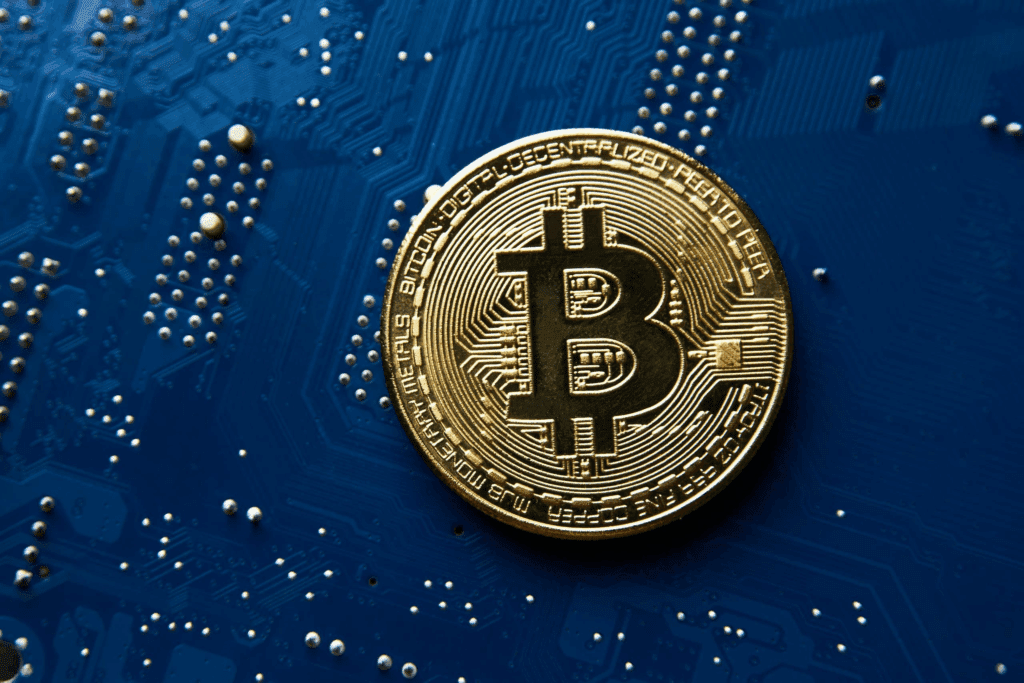
Avoid low credibility bridges. Only use audited bridges to protect yourself from hacks or lost tokens.
Contract addresses should be cross-checked. Confirm every token and bridge address before finalizing a transaction.
For first-time users, bridging small amounts is ideal. Start with a few tokens to see if it is secure and actually completed.
Calculate the amount of bridged token gas fees. Ensure you check the fees on the network to avoid any surprises during bridging.
Conclusion
To wrap it all up, it is possible to use bridging tokens to take advantage of unrivalled cross-chain transfers in Binance Smart Chain bridging, which gives access to multiple networks and Defi opportunities.
Users can minimize expenses and safely accomplish rapid transfers by selecting reputable bridges, confirming networks and addresses, and managing fees.
To best protect your assets while using multiple blockchains,, although it is best to follow best practice with security, start with small amounts to make it possible to maximize usability across blockchains.
FAQ
Access dApps, DeFi platforms, and NFTs on other blockchains.
MetaMask, Trust Wallet, and other BSC-compatible wallets.
Yes—BSC gas fees (BNB) plus bridge service fees.
Check network settings, transaction status, and bridge compatibility.
Only supported BEP-20 tokens; verify with the bridge before transferring.




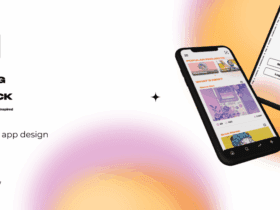
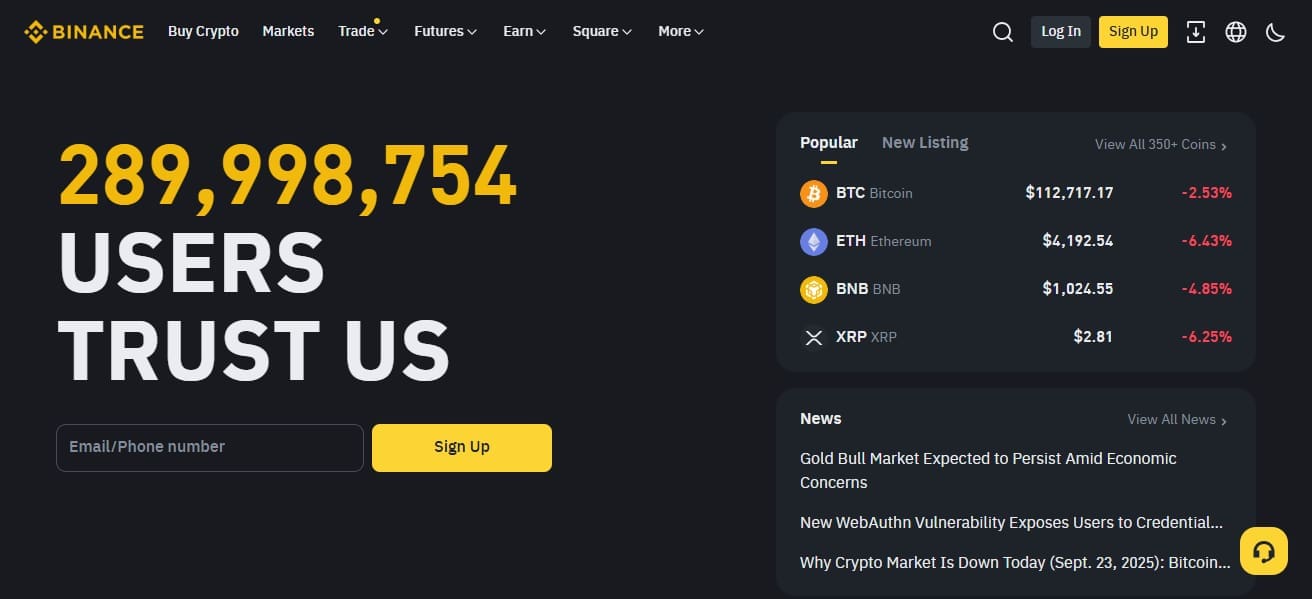
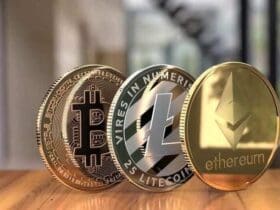



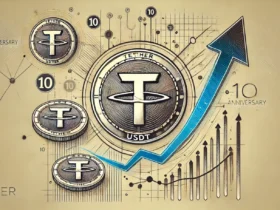
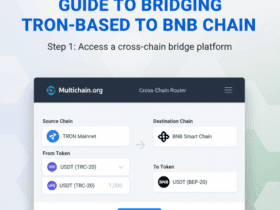

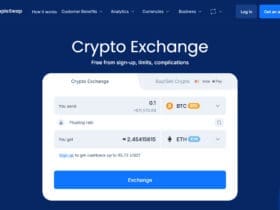
Leave a Reply